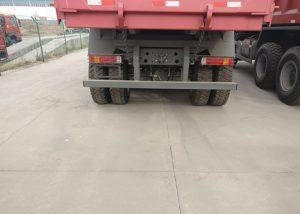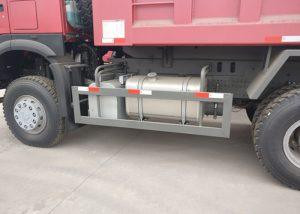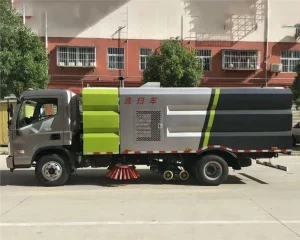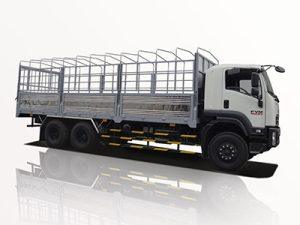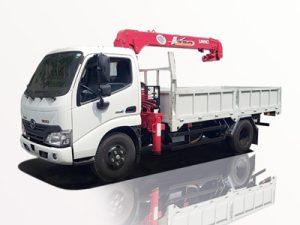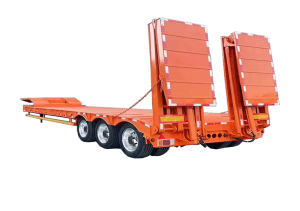Monday to Saturday - 8:00 -17:30
Essential Rescue Tools for Firefighters: A Comprehensive Guide
Firefighters face numerous dangers when responding to emergencies, and having the right rescue tools at their disposal can make all the difference. This article explores the various rescue tools available for firefighters, their applications, and practical tips for their use. Whether you’re a firefighter looking to enhance your toolkit or a concerned citizen wanting to understand these life-saving devices better, this guide is for you.
Understanding the Role of Rescue Tools in Firefighting
Rescue tools are essential for firefighters, enabling them to save lives and mitigate property damage. These tools help in different scenarios, from extricating victims trapped in vehicles to accessing hard-to-reach places during fires. Understanding each tool’s purpose and function is key to effective rescue operations.
Types of Rescue Tools
| Rescue Tool | Primary Function |
|---|---|
| Halligan Bar | Prying, pulling, and lifting |
| Jaws of Life | Extrication from vehicles |
| RIT Pack | Rapid Intervention Team support |
| Fire Axe | Breach doors and walls |
| Portable Water Pump | Water supply for fire suppression |
The Halligan Bar: A Firefighter’s Multi-Tool
The Halligan Bar is a multipurpose tool heavily used by firefighters around the world. It’s a combination of a pry bar, a claw tool, and a pointed tool, making it exceptionally versatile.
Applications of the Halligan Bar
This tool is predominantly used for forceful entry into buildings. Firefighters often employ it to gain access through locked doors or to create openings in walls for ventilation.
Using the Halligan Bar
When using the Halligan Bar, proper technique is vital. Here are some tips:
- Ensure your grip is firm to maintain control.
- Use a partner for leverage when prying open doors.
- Practice your skills regularly to improve efficiency.
Jaws of Life: Vital for Extrication
The Jaws of Life, known formally as hydraulic rescue tools, are essential for freeing victims trapped in vehicles after collisions. This tool provides rapid and effective extrication, minimizing the time a victim is exposed to danger.
How the Jaws of Life Work
This tool operates using hydraulic pressure to generate significant force. It can spread, cut, and crush materials, making it indispensable during rescue operations.
Tips for Effective Use
- Always position the tool at the safest angle to prevent injury.
- Communicate clearly with your team during operations.
- Practice on training vehicles to familiarize yourself with various cutting techniques.
RIT Packs: Emergency Response Preparedness
Rapid Intervention Team (RIT) Packs are designed specifically for rescuing downed firefighters. These packs contain the necessary tools and equipment to quickly locate and retrieve a colleague in distress.
Components of a RIT Pack
A standard RIT Pack includes several essential items:
- Extra SCBA (Self-Contained Breathing Apparatus)
- Flashlight
- Hand tools (e.g., Halligan Bar, Wire Cutters)
- Stretcher or rescue blanket
Best Practices for RIT Teams
- Conduct regular training scenarios to prepare for emergencies.
- Maintain clear communication at all times.
- Assign roles within the team to streamline operations.
The Fire Axe: A Classic but Powerful Tool
Though it may seem traditional, the fire axe is a critical tool for firefighters. It is useful for breaching barriers, creating access points, and even as a self-defense tool if needed.
Using the Fire Axe Effectively
Proper technique is crucial to avoid accidents when using a fire axe:
- Assess the target area before swinging.
- Use an appropriate stance and grip for control.
- Practice swings to become proficient.
Portable Water Pumps: Essential for Fire Suppression
Portable water pumps are invaluable during fire emergencies, especially in areas where access to stationary fire hydrants is limited. These pumps allow firefighters to draw water from various sources to combat fires effectively.
Types of Portable Water Pumps
- Diaphragm Pumps
- Utility Pumps
- Trash Pumps
Selecting a Portable Water Pump
When choosing a portable water pump, consider:
- The total water flow rate needed.
- The suction lift requirement.
- The terrain where it will be used (e.g., rough, flat, etc.).
Additional Rescue Tools Firefighters Should Consider
Rescue Saws
Rescue saws can be used for cutting through various materials, including metal and concrete. They are particularly useful in structural collapses and vehicle extrications.
Tips for Using Rescue Saws
- Always wear appropriate personal protective equipment (PPE).
- Ensure the saw is properly maintained to function correctly.
- Be attentive to debris that may obstruct cutting paths.
Search Cameras
Thermal imaging cameras and search cameras enable firefighters to locate victims trapped in smoke-filled environments or collapsed structures.
Maximizing Search Camera Effectiveness
- Familiarize yourself with camera operations before emergencies.
- Utilize the camera in conjunction with other tools for better results.
- Perform regular checks to ensure cameras remain in working order.
Rescue Stokes Baskets
Stokes baskets are used for transporting injured persons safely. They are commonly used in challenging terrains or for high-angle rescues.
Proper Loading and Transporting Techniques
- Use straps to secure the victim safely in the basket.
- Communicate with your team while lifting and moving.
- Always check for obstacles before maneuvering through different terrains.
Choosing the Right Rescue Tools for Your Department
Selecting the right rescue tools is crucial for any firefighting department. Here are some key factors to consider:
Budget Constraints
While it’s essential to invest in quality tools, budgets can limit choices. Prioritize tools that offer the most utility based on operational needs.
Training Requirements
Consider the training required for new equipment. Some tools may require advanced training and certifications, which can be an additional expense.
Maintenance and Lifespan
Regular maintenance is necessary to ensure tools remain operational. Evaluate the expected lifespan of tools and plan for replacements or upgrades.
Frequently Asked Questions (FAQ)
1. What is the most essential rescue tool for firefighters?
The most essential rescue tool can vary based on the context, but commonly, the Jaws of Life is considered crucial for vehicle extrication.
2. How do firefighters prepare for rescues?
Firefighters undergo extensive training that includes practical drills, equipment familiarization, and team coordination exercises to prepare for various rescue scenarios.
3. Can civilians be trained to use rescue tools?
While formal training is primarily for firefighters, some community programs may offer courses on basic rescue equipment use for citizens focused on safety and emergency preparedness.
4. What safety gear do firefighters need when using rescue tools?
Firefighters should wear appropriate personal protective equipment (PPE) including helmets, gloves, goggles, and fire-resistant clothing when using rescue tools.
5. How often should rescue tools be inspected?
Fire departments should conduct regular inspections of rescue tools—ideally before each use and monthly to ensure that equipment is in good working condition.
6. Are rescue tools the same across all fire departments?
While many tools are standard, variations may exist based on the specific needs and budget of each fire department. Some may have specialized equipment for unique local challenges.


